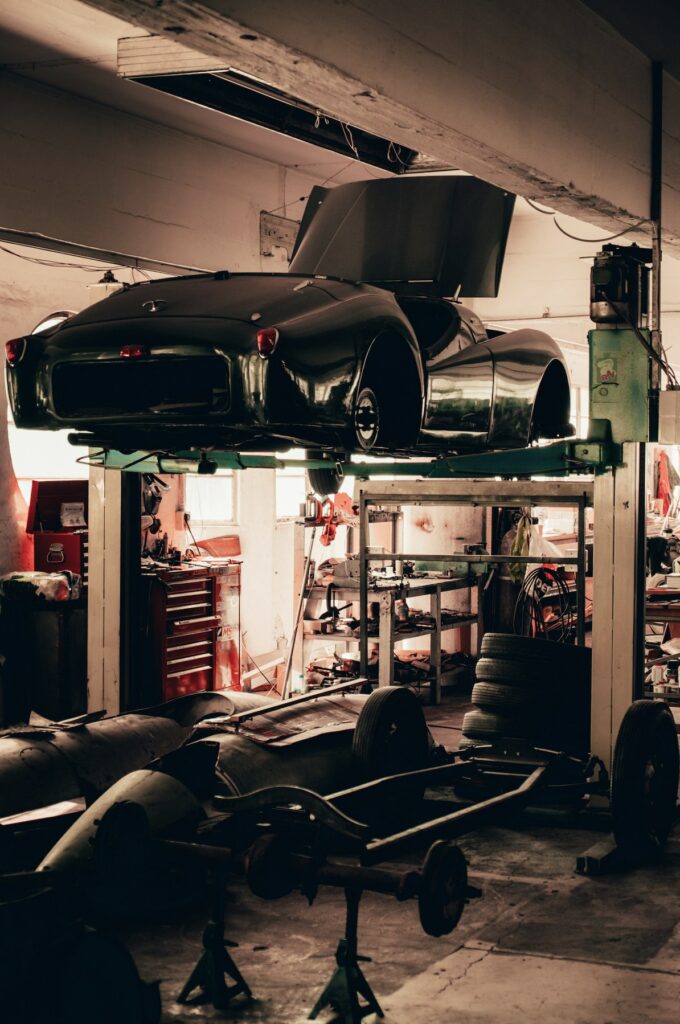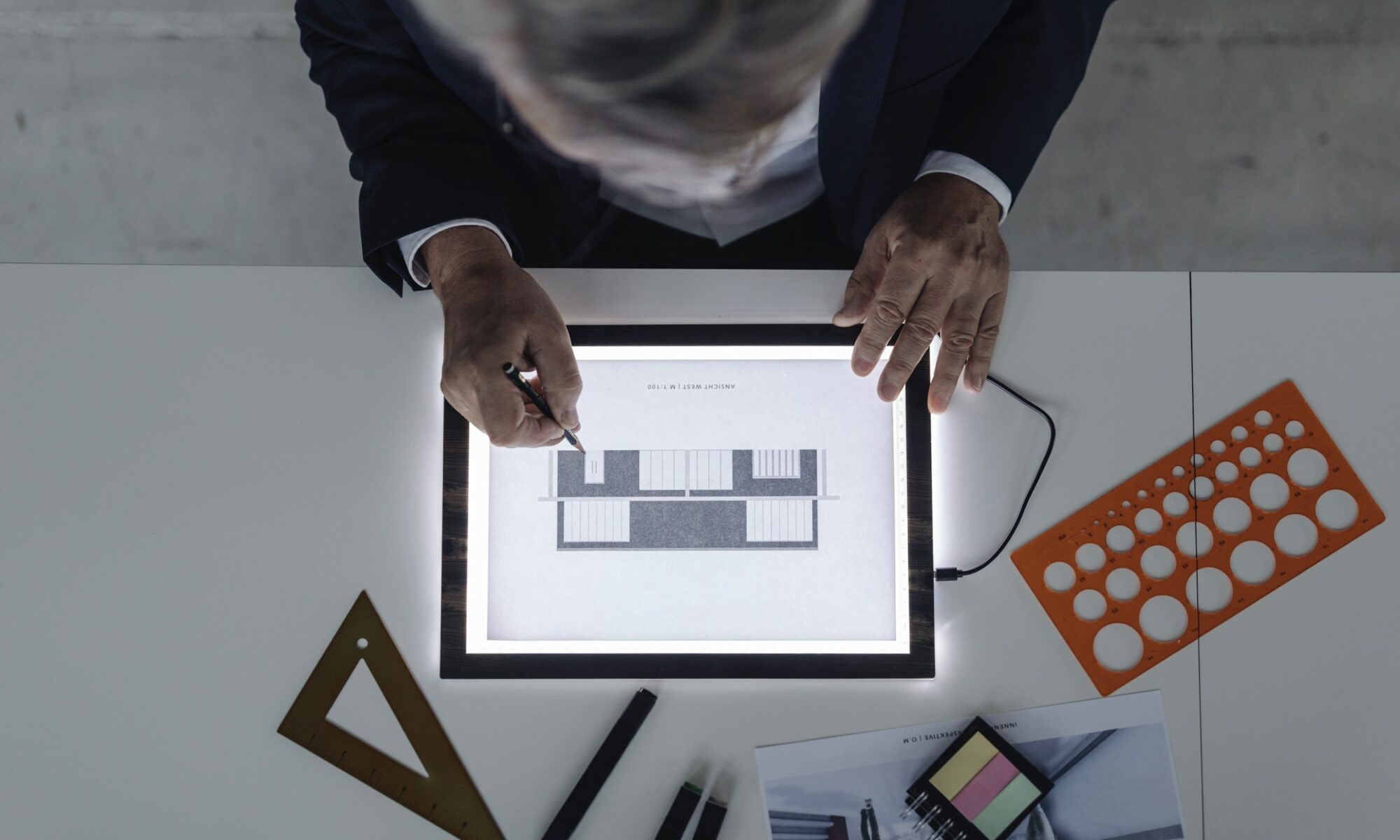What is the real cost of ownership?
Fashionistas have long popularised the concept of ‘cost per wear’. In other words, it doesn’t matter if something is fabulously expensive, if it is worn enough times then it can provide value for that cost. By contrast, something that was very cheap to buy, but spends its life at the bottom of a wardrobe or requires expensive dry cleaning, may well not have been a good investment. A similar concept exists for acquiring investment assets or other major purchases such as houses and cars – the total cost of ownership.
This means that in making a decision, an investor should consider not only the upfront outlay but the lifelong cost of holding that asset. The idea is to fine-tune investors’ decision-making by looking at the ‘round trip’ cost.
This is a common practice for companies. When acquiring a new business, or a new tool – say, manufacturing equipment – they will look at the cost of buying it, a capital expense, but also how much it costs to run, an operating expense. An asset may be cheap because it has high running costs.
It is like buying a dilapidated chateau: the upfront price may be low, but the cost to deal with the leaky roof and peeling wallpaper can add vast sums to that initial cost. At the other end of the scale, a printer may be inexpensive to purchase but consume vastly more in ink or toner, paper and perhaps time spent on maintenance and network configuration.
For most financial assets, the cost of ownership is small, limited to the platform fee or brokerage costs, plus perhaps an ongoing fund management fee.
What does this mean for investment?
For most financial assets, the cost of ownership is small, limited to the platform fee or brokerage costs, plus perhaps an ongoing fund management fee. This will involve a small deduction from the value of a portfolio of stock market or other assets each year. The holders of equity portfolios or income funds can also expect to receive regular dividends and bondholders’ coupon payments, which should offset this, but the cost is still there.
A more difficult issue to take into account is inflation. While it may be hard to predict and expensive to hedge, inflation is an additional factor in the total cost of ownership. If an asset loses 3% of its purchasing power each year because it doesn’t pay a dividend or has no capital growth, this can be regarded as a cost of ownership. This has been a particular problem for bonds in recent years, with yields in many cases less than inflation.
However, for the most part the cost of ownership is low for conventional financial assets. Investors may run into more problems with alternative investments, such as wine, art or precious metals. Wine needs to be stored correctly to preserve its value, and it also needs to be insured. This creates an ongoing cost for the owner of the asset that needs to be factored into their overall return calculations. There is also no dividend, interest or other income to offset it.
Art has similar costs. Auction or brokerage fees need to be factored into the buying and selling prices. Works need to be kept in specific conditions to preserve them, with (often substantial) insurance costs on top. The costs exert a drag on investors’ returns. Gold prices are often inversely correlated with interest rates – gold doesn’t pay a dividend and therefore the opportunity cost of holding it is higher in an environment where cash benefits from rising interest rates. These costs of ownership can also influence how an asset is priced by the market.

Total cost of ownership considerations don’t just apply to investments, but to many aspects of your household finances, with car ownership the most obvious example.
Other areas of your finances
Total cost of ownership considerations don’t just apply to investments, but to many aspects of your household finances, with car ownership the most obvious example. Because people are willing to pay more for a new car than they are for an old one (unless it’s a vintage Ferrari), the moment a brand-new car leaves the showroom, it loses value – at least 10%, and as much as 20% after a year. This depreciation is as much a cost of ownership as petrol, insurance or tax.
In addition, a car that is inefficient in its fuel usage will cost more to run. This could be a major consideration in deciding between combustion-powered and electric cars (along with fuel price trends). There’s also the potential cost of repairs, which for an old or classic car will probably be higher.
All of this means that an expensive but extremely reliable and fuel-efficient car might turn out to be cheaper than one with a low upfront cost. Specialist publications offer comparison of total cost of ownership for various vehicles to help buyers make the judgement.
Similar calculations often apply to homes, for slightly different reasons. An old house may have some romantic appeal, but it may be more difficult to repair, materials may be more expensive and you may need specialist builders. By contrast, newly-built flats can have high service charges and amenities costs, although they may be better insulated and cost less to heat.
In general, however, an investor should consider the purchase price, add in all the potential ownership costs and then divide them by the useful life of the asset.
Calculating the cost of ownership
The factors that go into cost of ownership calculations will be different for each type of asset. In general, however, an investor should consider the purchase price, add in all the potential ownership costs and then divide them by the useful life of the asset. For a car, it might be purchase price, running costs, depreciation and repairs, less the potential sale cost, divided by the number of years you’re likely to own it.
Total cost of ownership is just one factor in decision-making, but it can make it easier to make a choice between two assets that ostensibly look similar. It can help investors ensure that they’re not buying an asset that looks superficially cheap, but comes with a nasty sting in the tail.


 Mortgage
Mortgage Personal loan
Personal loan Savings
Savings